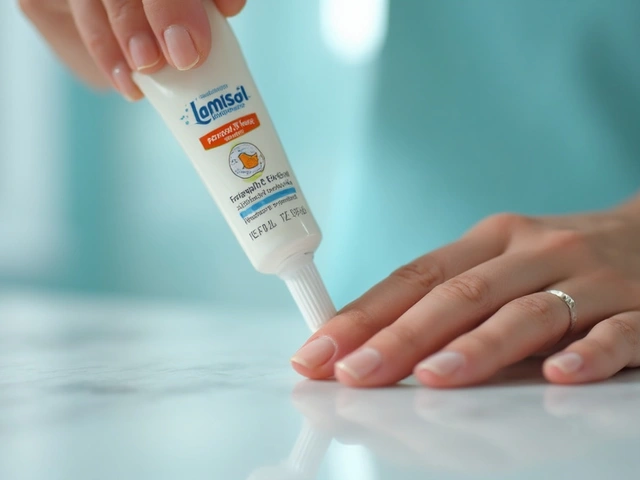Clonidine – What It Is, How It Works, and When You Might Need It
Clonidine is a prescription drug that lowers blood pressure by calming nerve signals in your brain. It’s also used for ADHD, restless‑leg syndrome, and to ease opioid withdrawal symptoms. The medicine comes as a tablet, a patch, or an injectable, so doctors can pick the form that fits your lifestyle.
When you take clonidine, it activates special receptors called alpha‑2 agonists. That tricks your body into relaxing blood vessels and cutting down the release of stress hormones. The result is a steadier heart rate and lower blood pressure without a huge drop that can make you feel dizzy.
Typical Dosage and How to Take It
For high blood pressure, adults usually start with 0.1 mg taken twice a day. Your doctor may raise the dose gradually, but most people stay under 0.6 mg per day. If you’re using the patch, a 0.1 mg/24‑hour patch is placed on clean, dry skin and swapped out every week.
When clonidine treats ADHD, the starting dose is often 0.1 mg at bedtime, then a second dose in the morning if needed. Kids may need a lower dose, and doctors watch weight and response closely. For opioid withdrawal, the dose can be higher—up to 0.3 mg every 4‑6 hours—under strict medical supervision.
Always take clonidine with a full glass of water and try to keep the timing the same each day. If you miss a dose, take it as soon as you remember unless it’s almost time for the next one. Never double up; that can cause a sudden drop in blood pressure.
Side Effects, Precautions, and When to Call the Doctor
Most people feel fine, but common side effects include dry mouth, drowsiness, and a mild headache. A few folks get constipation or a slower heart rate. If you notice a pounding heart, severe dizziness, or fainting, call your doctor right away.
Because clonidine can interact with other blood‑pressure meds, alcohol, and sedatives, tell your doctor about every prescription and over‑the‑counter drug you use. Pregnant or nursing mothers should only take clonidine if the benefits clearly outweigh the risks.
Never stop taking clonidine suddenly. Doing so can cause a rebound rise in blood pressure, which can be dangerous. If you need to quit, your doctor will taper you off slowly over several days.
How to Buy Clonidine Safely
Clonidine is a prescription‑only drug, so the safest route is a licensed pharmacy. If you shop online, look for websites that require a valid prescription, show a physical address, and are certified by a recognized pharmacy board. Check for reviews that mention product authenticity and customer service.
Compare prices, but don’t let a rock‑bottom deal lure you into a shady site. Counterfeit pills can contain the wrong dose or harmful fillers. A good online pharmacy will let you talk to a pharmacist if you have questions about dosage or side effects.
Keep a copy of your prescription handy and store clonidine in a cool, dry place away from children. The tablets should stay in the original bottle until the expiration date; the patch should be discarded after use, not reused.With the right information and a trustworthy source, clonidine can be a helpful tool for managing blood pressure, ADHD, or withdrawal symptoms. Talk to your healthcare provider, follow the dosing guide, and stay alert for side effects. Your health is worth the extra effort to get the medication safely.
Combipres (chlorthalidone & clonidine) vs Top Hypertension Alternatives - Full Comparison
By Lindsey Smith On 29 Sep, 2025 Comments (19)

A practical guide comparing Combipres (chlorthalidone & clonidine) with common hypertension drugs, covering how it works, efficacy, side effects, dosing, and when to choose it.
View More




